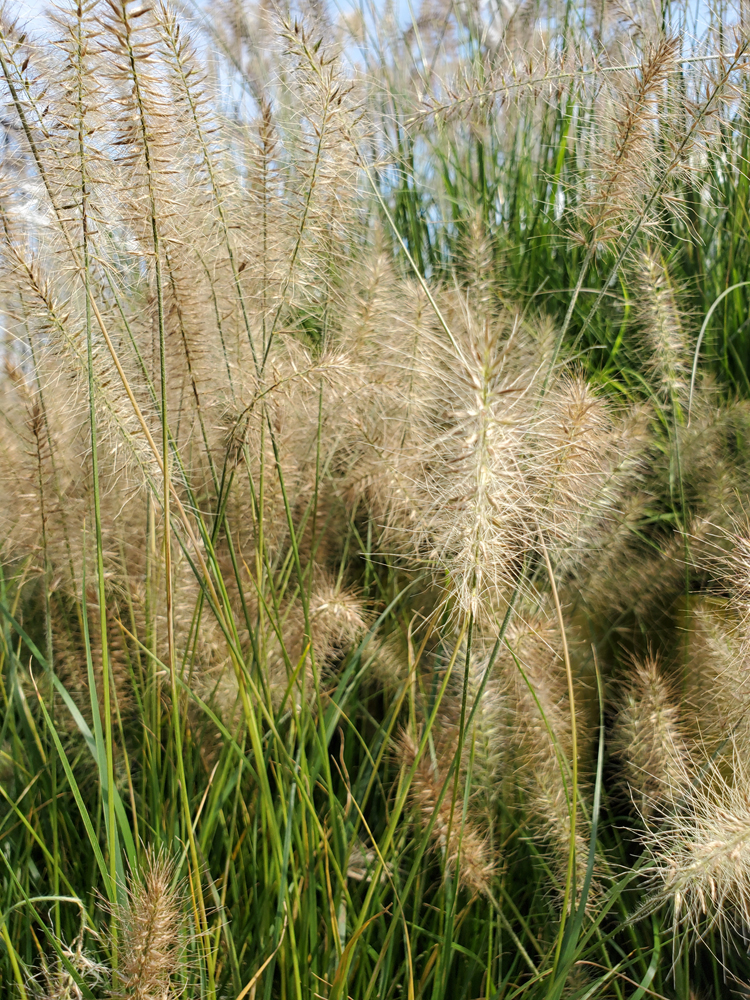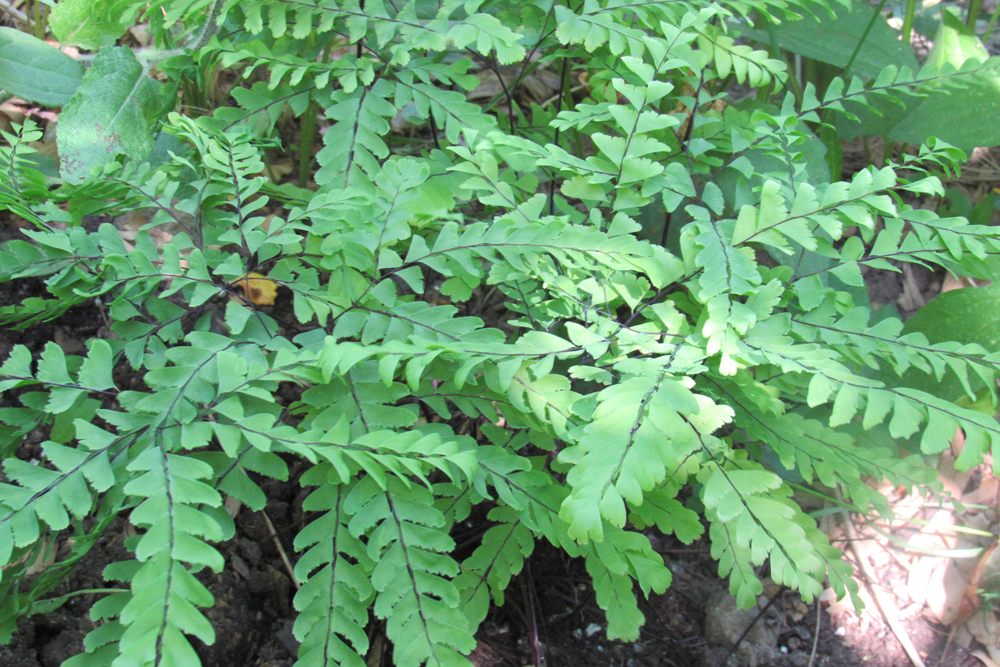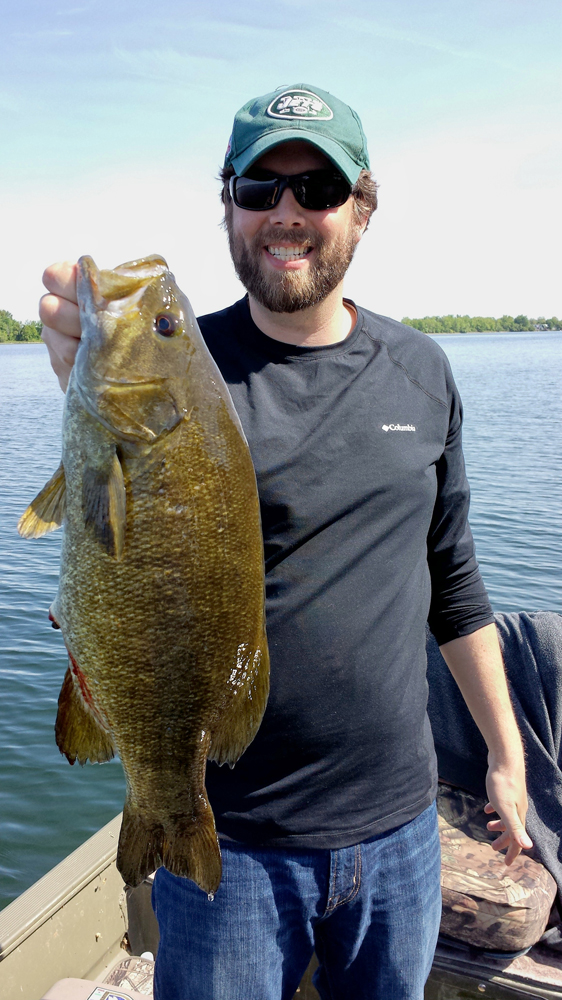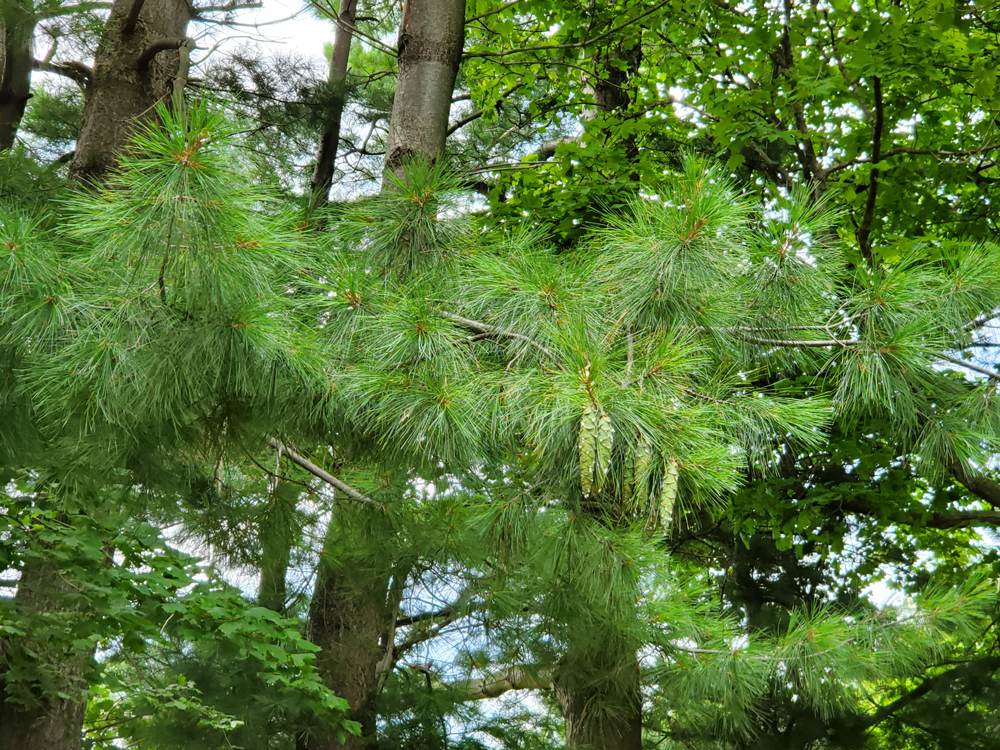Ornamental grasses

Ornamental grasses add lots of wonderful texture, color, and unique movement to the landscape. During autumn, they add a “moody” feel to the garden with rustling sounds as the wind blows through them – very appropriate for this spooky time of year!
Before you plant, however, it is important to understand the growth habits of these versatile and beautiful plants.
Grasses have growth habits that are either clumping or spreading. According to Clemson University, spreading grasses expand rapidly by aboveground or underground stems. Be careful when planting spreading grasses as they can be aggressive and take over garden beds and borders. Spreading grasses are also known as “running” grasses because of the rhizomes they form. Although they may have a place under certain conditions, they are probably not the best choice for a well-tended perennial border. University of Illinois Extension says that some attractive but aggressive grasses include Blue Lymegrass, Cordgrass, and Ribbongrass. Clemson University notes that maiden grass (Miscanthus sinense), pampas grass (Cortaderia selloana), Japanese bloodgrass (Imperata cylindrica ‘Rubra’), giant reed (Arundo donax), and weeping lovegrass (Eragrostis curvula) are examples of non-native or undesirable invasive ornamental grasses that are commonly used in landscapes. Avoid them.
Clump-forming grasses tend to be better behaved. University of Illinois Extension says that clump-forming grasses typically form nice, neat mounds or clumps which mix well with other perennials and do not become aggressive. The clumps will slowly increase in width over time, however. Examples of clump-forming grasses include Big Bluestem (Andropogon gerardii), which is a native grass with blue-green foliage. It grows in narrow clumps, three to eight feet tall. In autumn, the foliage turns rust color. Upland River Oats, sometimes called northern sea oats (Chasmanthium latifolium), is another native grass that grows in Zones 5-10. This grass will thrive in shade and bears oval flowers in the fall that dangle from three to four-foot-tall curving stems. The flowers can be dried and used in floral arrangements. Switchgrass (Panicum virgatum) is a native grass that includes many varieties with showy flowers, wonderful autumn color, and winter interest. It grows in Zones 5-9 and prefers sun and moist soil.
These are just a few of many varieties of ornamental grasses; your local garden center can help guide you in making the choice that is best for your yard.
The following is some general information about ornamental grasses. Ornamental grass forms include low mounds, fountains, and tall verticals. The flower heads vary in size, color, and texture and are very showy. Grass seed heads and blossoms “glow” in the early morning and late afternoon sun and can really light up the garden. Some varieties have seed heads that will last through the winter, adding interest in the garden even after the growing season ends.
Foliage includes a range of fine to coarse-textured leaf blades with colors ranging from deep green, blue, red, purple, and yellow to variegated. Fall colors include golden yellow, orange, red, and purple before fading to tan and straw hues during the winter.
Lastly, ornamental grasses have few pest and disease problems and can be used as accent plants, in containers, be substituted in place of shrubs, and can even stabilize hillside soils for erosion control.






